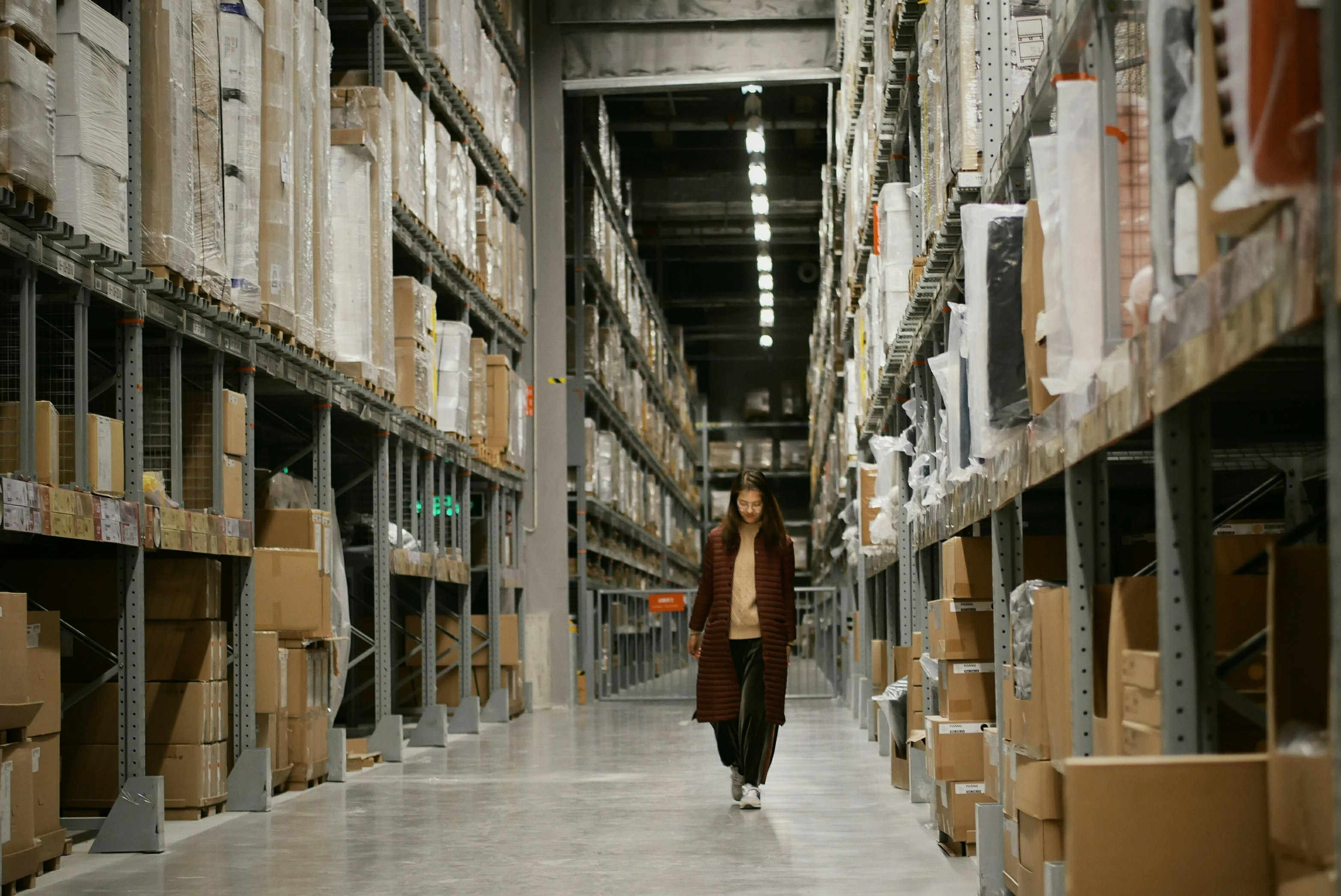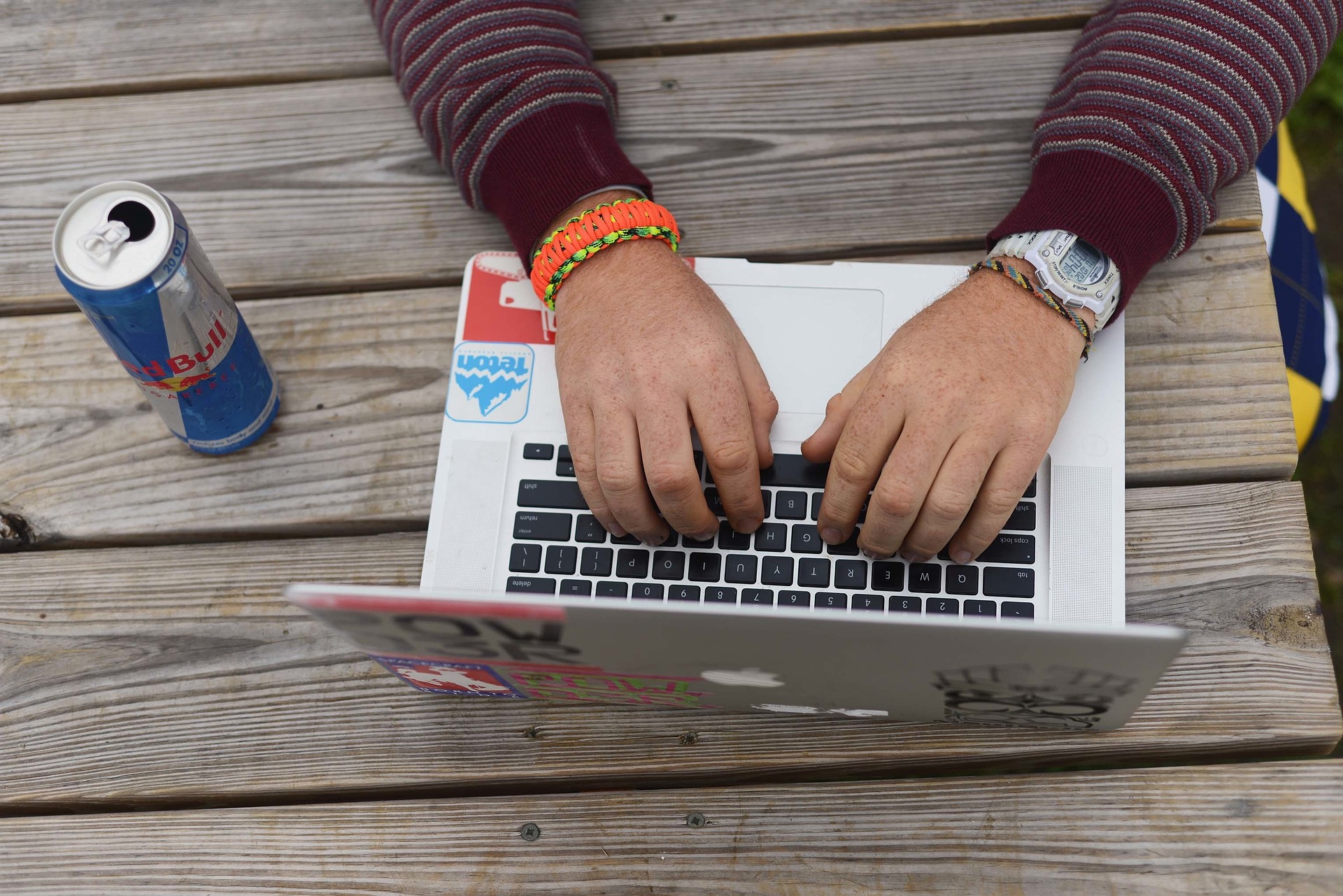Navigating the World of Botox: Past, Present, and Future
Botox, a name that has become synonymous with anti-aging treatments, is a household name in the realm of beauty and aesthetics. Introduced in the 1980s, it was initially used to treat eye muscle disorders. However, its cosmetic application skyrocketed when it was discovered to have a significant impact on reducing wrinkles and fine lines. Today, Botox is widely recognized as a quick, effective solution for age-related skin concerns, yet its journey, influence, and future potential are far broader than many realize.
The Historical Journey of Botox
Clostridium botulinum, the bacterium from which Botox is derived, was first identified in the late 19th century. However, it wasn’t until the mid-20th century that scientists discovered its potential therapeutic uses. Initially used to treat strabismus (crossed eyes) and blepharospasm (uncontrolled blinking), Botox’s anti-aging properties were discovered serendipitously when patients reported an unexpected reduction in wrinkles and fine lines after treatment.
Botox in the Beauty Industry: A Game-Changer
Since its approval by the FDA for cosmetic use in 2002, Botox has revolutionized the beauty industry. It has democratized access to anti-aging treatments, previously considered the privilege of the wealthy or the famous. Today, Botox procedures are relatively affordable and widely available, making them an option for a broader audience.
Moreover, the use of Botox has extended beyond mere cosmetic enhancements. It is used to treat a variety of medical conditions, including chronic migraines, excessive sweating, and even some bladder disorders. Thus, its impact extends beyond the beauty industry, making it a versatile tool in the medical field.
The Reception and Impact of Botox
The reception of Botox has been largely positive, thanks to its fast-acting results and minimal downtime. However, like any medical procedure, it has not been without controversy. Concerns about its safety, overuse, and the ‘frozen face’ phenomenon have sparked debates. Yet, despite these concerns, the popularity of Botox continues to surge.
Its impact on society is visible in the changing perceptions of aging and beauty. The advent of Botox has contributed to the normalization of cosmetic procedures, leading to a shift in societal attitudes towards aging. It has also sparked conversations about self-care and the importance of feeling confident in one’s skin.
Unique Insights: Botox and the Quest for Perfection
While Botox’s impact on the beauty industry is undisputed, it has also brought about a unique set of implications. The desire for ageless beauty and the quest for physical perfection have been amplified by the easy accessibility of Botox treatments. This has led to questions about the psychological impact of such procedures and the potential for dependency.
Moreover, the rise of Botox has spurred innovation in the beauty industry, pushing for the development of newer, safer, and more effective anti-aging treatments. It has set the bar high for future cosmetic procedures, challenging the industry to continually evolve and improve.
The Future of Botox: Potential and Challenges
The future of Botox looks promising, with research being conducted to explore its potential in treating various medical conditions. However, challenges persist. The long-term effects of Botox remain a question, and the industry must address safety concerns to ensure patient trust.
Botox’s journey from a medical treatment to a beauty industry powerhouse is a testament to scientific innovation and societal evolution. As we continue to explore its potential, it is essential to maintain a balanced perspective, acknowledging its advantages while being cognizant of its limitations. After all, the pursuit of beauty should never compromise overall health and well-being.





